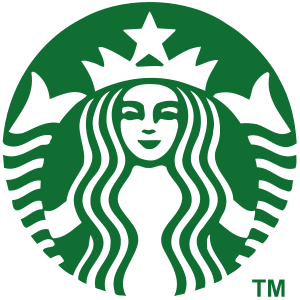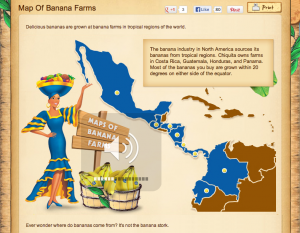The most important meal of the day, Breakfast.. and what is also supposed to be simple and easy is in fact pretty complicated.
On the Menu:
– 2 Cups of Coffee with Sugar
I am a coffee addict, and it is the only thing that keeps me sane! Last year, I would visit my local Starbucks every single day and ended up spending about $1400 just on coffee… that is A LOT of money, especially being a student. I bought a coffee maker, and now make my Starbucks coffee at home.
Starbucks has taken many initiatives to be environmentally sustainable, including building their stores with an environmentally mind. Starbucks coffee beans are grown in places such as South America, and must be transported here, to Canada, and other places around the world. While coffee is grown sustainably, it is produced and delivered internationally, where fossil fuel burns during the transportation of coffee beans. Then, the roasting and packaging of beans, done in factories are also burning a substantial amount of oil. It becomes an oxymoron, that fair-trade and sustainably grown coffee really isn’t all that. Once delivered to a factory for processing, the eco-friendly aspect is somewhat lost.
The packaging that coffee beans are sold in are a man made bag. Thus, they would be produced in a factory, where heavy machinery would be used.
– 2 Hard Boiled Eggs
Produced straight from a Hen, eggs are an excellent source of protein. The Egg Board of Canada helps to ensure sustainability.
“EFC purchases surplus eggs and sells them to Canada’s processing industry. If a province is ever short of supply for their table market, the Industrial Products Program helps to source eggs ensuring that Canadians have access to a constant supply of high-quality Canadian eggs.”
– I question the processing industry and how environmentally conscious they may be, especially in the packaging of eggs. Most eggs come in cardboard or styrofoam cartons and are mass produced. Machines would package these, which take up energy and oil to power the machinery.
The sugar that accompanies my coffee is supposedly raw. However, after some research I can conclude that in Canada it is against regulation to have 100% raw sugar. Clearly, the sugar I am consuming is modified in a factory. The amount of oil and fossil fuel burned in doing this would be exponential. Also, the packaging is a tin can, and paper labelling- the cans are recyclable, which is great.
Readers Digest has an interesting article about Raw Sugar in Canada, which questions:
“What’s more, using the term “raw” to advertise any sugar sold to consumers in Canada is misleading.”
– http://www.readersdigest.ca/food/diet-nutrition/raw-sugar-raw-deal
– 1 Banana
“Chiquita banana farms are most concentrated in fertile soil regions of Central America; from Mexico, Guatemala, Honduras, Nicaragua, Panama, Colombia and Ecuador.”
Chiquita Bananas claim to be environmentally sustainable, and committed to reducing the Carbon Footprint:
“It’s only natural that we operate responsibly in the communities where we live and work. That’s why our banana farms are Rainforest Alliance Certified™, meaning they meet the rigorous standards of the Sustainable Agriculture Network, a coalition of environmental groups in eight tropical nations.”
– http://www.chiquita.com/The-Chiquita-Difference/Sustainability/
While I believe this is fantastic, my question: how do those tasty bananas get over here to me? I imagine these are shipped overseas on large freight, which isn’t necessarily eco-friendly, but neither is getting in my car, and burning fossil fuel on my way to the grocery store to pick up groceries, like bananas. However, if these bananas are on a cargo freight, there would be more than a couple bananas, and probably a lot more products on this ship too.
– Bananas are generally not packaged in anything, except for their peel and the Chiquita sticker on them, so in terms of packaging, there is no oil used to produce the packaging.


